Jib Cranes Operation & Maintenance Instructions
Jib cranes are among the most efficient and space-saving lifting solutions used across various industries for material handling.
Whether you're working in a warehouse, manufacturing plant, or workshop, jib cranes provide localized lifting power and improve productivity with minimal floor space. This comprehensive guide offers essential operation and maintenance instructions for jib cranes, helping you maximize safety, longevity, and efficiency.
Explore various types including What is a Jib Crane, freestanding jib cranes, wall mounted jib cranes, ceiling mounted jib cranes, articulating jib cranes, and pillar jib cranes.
Understanding Jib Cranes: Versatile Lifting Solutions
Jib cranes consist of a horizontal boom (jib) that supports a hoist, which can move along the arm. These cranes are ideal for repetitive lifting tasks in fixed locations, offering 180° to 360° rotation depending on the mounting type.
Types of Jib Cranes
Freestanding Jib Crane: Installed on a concrete foundation, supports full 360° rotation and high load capacities.
Wall Mounted Jib Crane: Anchored to an existing wall or column, ideal for conserving floor space.
Ceiling Mounted Jib Crane: Suspended from the ceiling structure, ideal for facilities with limited floor or wall space.
Articulating Jib Crane: Features two pivoting arms for greater maneuverability in tight workspaces.
Pillar Jib Crane: Similar to freestanding types but installed with a mast on the floor for added structural support.
Learn more about The Importance of Jib Cranes and how they improve workflow efficiency.
Preparing for Installation
Before operating any jib crane, proper installation is critical. This ensures load integrity, safety, and reliable performance.
Site Requirements
Check concrete thickness for freestanding jib cranes.
Verify structural integrity of walls or ceiling for mounted models.
Ensure electrical supply access if using an electric hoist.
Installation Guide
A detailed procedure for each jib crane type is available in this step-by-step guide: How to Install a Jib Crane
Safe Operation of Jib Cranes
Operating jib cranes safely depends on understanding load limits, swing radius, and hoist control.
General Safety Rules
Do not exceed rated load capacity.
Always inspect the crane before use.
Avoid side pulling or shock loading.
Stay clear of suspended loads.
Operating Instructions
Inspect Before Use: Check for structural damage, loose bolts, or oil leaks.
Test Controls: Ensure the hoist and trolley respond smoothly.
Plan the Lift: Clear the area and plan movement.
Lift Properly: Use slow, deliberate hoist motions to raise or lower loads.
Position Precisely: Swing the jib smoothly, avoiding jerky motions.
Routine Maintenance Checklist
Routine maintenance is key to keeping your jib crane in optimal working condition.
Daily Inspections
Check for frayed wires or cracks.
Inspect hooks, hoists, and safety latches.
Verify functionality of control switches and brakes.
Weekly/Monthly Tasks
Lubricate rotating parts and hoist mechanisms.
Tighten bolts and anchor points.
Check electric cables for wear or overheating.
Annual Professional Inspection
Have a certified technician inspect structural integrity, foundation anchoring, and mechanical/electrical systems annually.
Specific Maintenance Tips by Crane Type
Freestanding Jib Cranes
Inspect the baseplate for signs of concrete stress.
Ensure the mast remains vertical and secure.
Wall Mounted Jib Cranes
Monitor wall connections for loosening due to vibration.
Avoid overloading, which may compromise wall integrity.
Check Wall Mounted Jib Crane Products for application-specific specs and care guides.
Articulating Jib Cranes
Pay extra attention to pivot points.
Lubricate the joints regularly.
Explore models like Articulating Jib Crane Wall Mounted AJC-AWM for optimized workspace usage.
Troubleshooting Common Issues
Crane Arm Stiffness
Cause: Lack of lubrication or debris in pivot points.
Solution: Clean and apply appropriate grease.
Inconsistent Hoist Operation
Cause: Worn electrical contacts or frayed cabling.
Solution: Replace damaged parts and test continuity.
Vibration or Unusual Noises
Cause: Loose bolts or worn bearings.
Solution: Tighten fasteners and inspect bearings for wear.
Compliance and Certification
All jib cranes should comply with regional safety and lifting regulations. Ensure your crane:
Meets ASME B30.11 standards (US).
Has a CE marking (Europe).
Includes rated load capacity labels.
Comes with a user manual and inspection logbook.
Difference Between Jib Cranes and Other Crane Types
Jib cranes are often confused with gantry or overhead cranes. However, each has unique applications.
Understand the Difference Between Crane and Jib Cranes to choose the right one.
Conclusion
Proper operation and maintenance of jib cranes are essential for safe and productive lifting operations. From selecting the right model—be it a freestanding, wall-mounted, or articulating jib crane—to performing regular inspections, adhering to best practices ensures your equipment remains reliable for years.
Ready to explore Aardwolf’s range of lifting solutions? Learn more about the different Jib Crane Types and boost your material handling efficiency today.
References
1. How to operate a Jib Cranes safely
3. Over brace jib crane wall mounted
5. Is a Jib Crane a Gantry Crane
6. Articulated Jib Crane Wall Mounted
8. Manual Counterbalance Crane
10. Over Braced Jib Crane Column Mounted





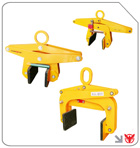
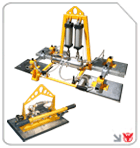
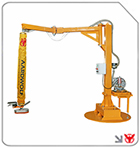
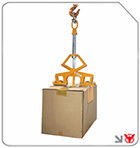
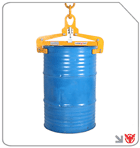
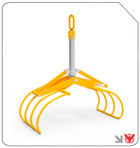
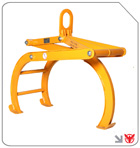
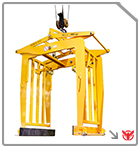
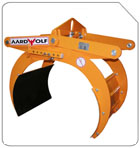
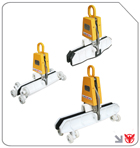
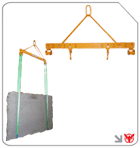
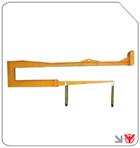
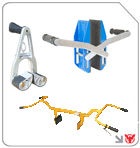
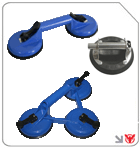
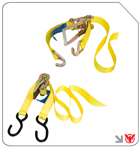
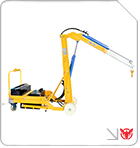
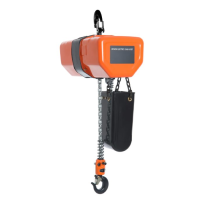
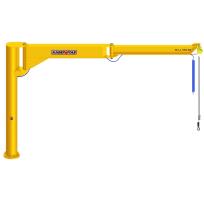
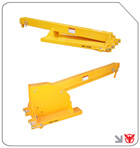
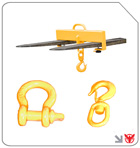
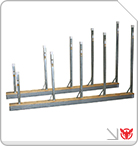
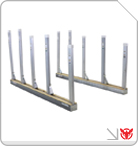
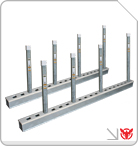
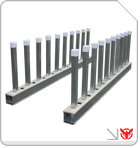
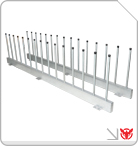
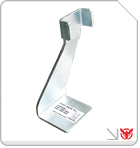
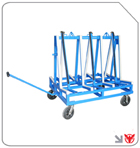
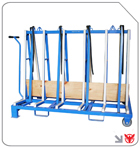
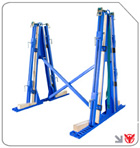
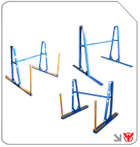
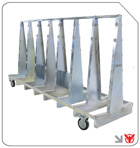
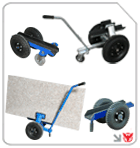
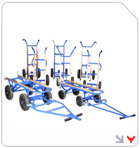
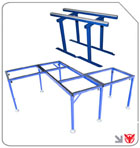
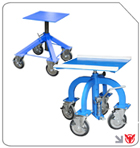
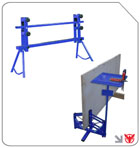
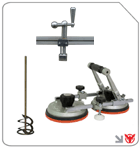

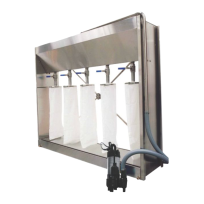
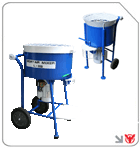
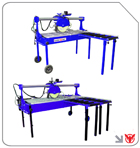
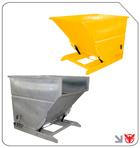

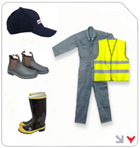
Follow us on: